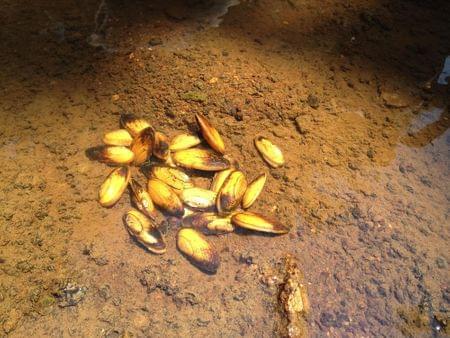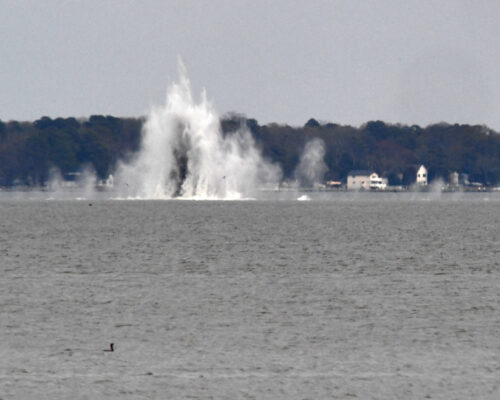A freshwater mussel native to the Patuxent, Rappahannock, York, James, and Potomac River basins will be listed as threatened under the Endangered Species Act.
The U.S. Fish and Wildlife Service says the yellow lance mussel has been on the decline because of sediment, pesticides and municipal and industrial waste flowing into the rivers where it lives. Dams, road crossings, droughts and fragmented streams disconnect yellow lance populations, adding to the problem.
The mussel’s name comes from its two bright yellow hinged and elongated shells. The yellow lance is one of nature’s hardest-working water filterers, and its struggle signals water quality issues in the Bay with a far-reaching impact. The Fish and Wildlife Service hopes to designate critical habitat for the yellow lance later this year. Improving the mussel’s status will help deliver clean water to surrounding areas and make for better fishing.
The U.S. Department of Agriculture is working with farmers to install buffers along the streams where the last yellow lance mussels remain.
In addition to the Chesapeake Bay Rivers, the yellow lance also lives in the Chowan, Tar, and Neuse Rivers in North Carolina. In 2014, North Carolina Wildlife Resources Commission started a push to increase wild populations in the Tar and Neuse, stocking hundreds of mussels in tributaries. North Carolina plans to monitor growth and survival, and continue to stock more mussels.
The Wildlife Service’s “threatened” listing will be effective May 3, 2018.
-Meg Walburn Viviano




